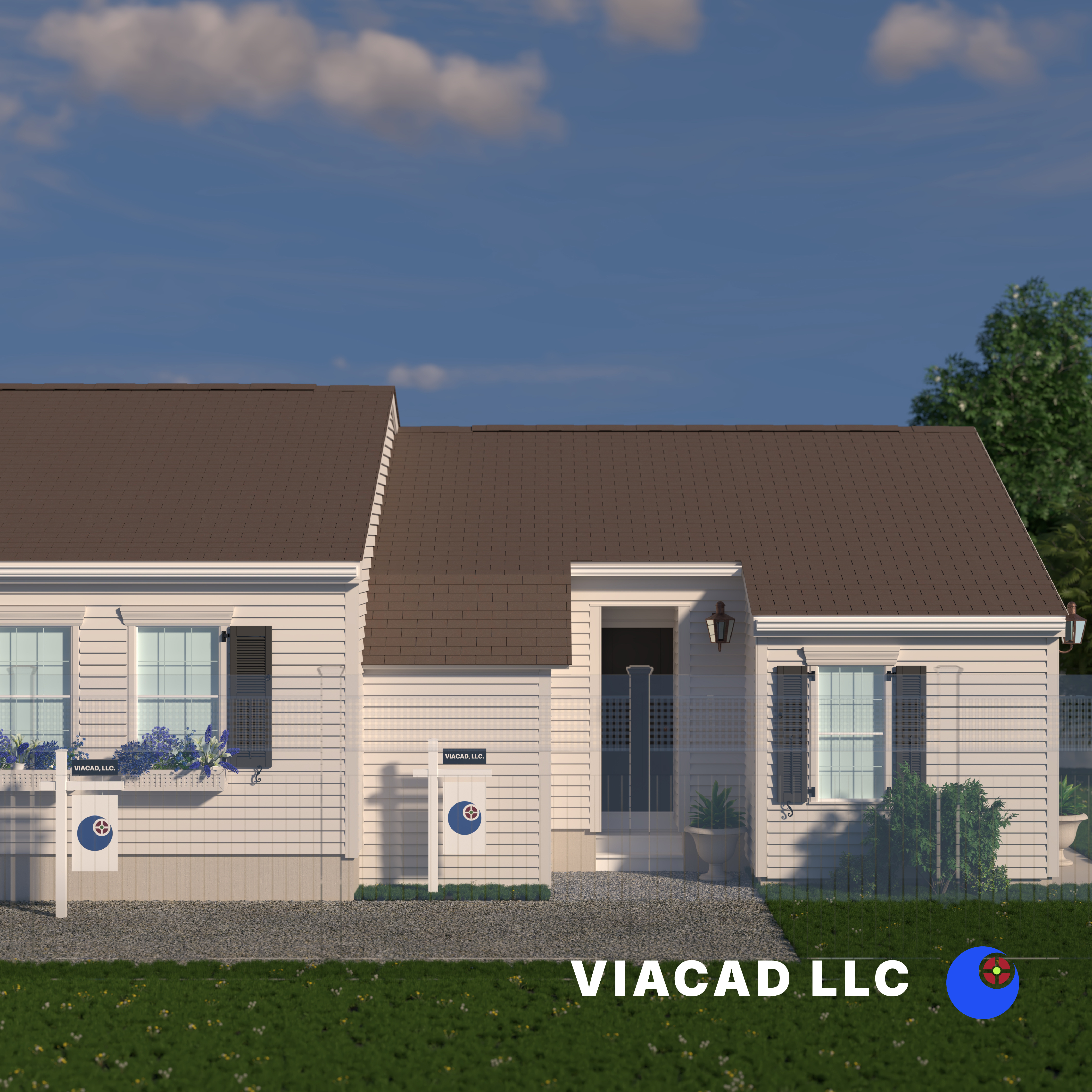
%20(1).jpg)
When considering where to locate baseboard heaters and why, it’s important to understand how these heating units function and how their placement affects heating efficiency and comfort in a room.
Quick Answer: Baseboard heaters should be located along exterior walls, especially under windows, because these areas experience the most heat loss. Placing heaters here helps to counteract cold drafts, promote efficient heat distribution through natural convection, and maintain comfortable room temperatures.
Baseboards, typically installed along the lower portions of walls, are a common type of residential heating unit that provide consistent heat throughout a space. Baseboard heaters, whether electric or hydronic, provide a cost-effective and energy-efficient way to heat spaces. Proper installation and strategic positioning can significantly enhance heat distribution, minimize cold spots, and reduce operating costs.
Baseboard heating is a popular method of providing warmth using either electric baseboard heaters or hydronic baseboard heaters. An electric baseboard heater operates by running an electric current through a resistive heating element, which then heats the surrounding air. As the electric current flows through the resistive element, the element heats up, converting electricity into heat. Proper wiring and installation are required for an electric baseboard heater to ensure safe operation. This process relies on natural convection, where warm air rises from the baseboard unit, displacing cool air and promoting circulation throughout the room. A thermostat is essential for controlling the temperature and operation of electric baseboard heaters, and modern units can be paired with programmable thermostats for improved efficiency and comfort. Various thermostats, including wall-mounted and digital options, are available to help maintain the desired room temperature and ensure safe, efficient operation.
Hydronic baseboard heaters, on the other hand, use circulating hot water or hot water heated by a boiler to transfer heat through pipes within the baseboard unit. This system provides radiant heat and tends to offer more consistent heat and better heat distribution, often making hydronic systems more energy efficient and comfortable compared to electric systems.
Determining where to locate baseboard heaters and why involves considering factors such as heat loss, air flow, and room layout. One of the most critical reasons for placing baseboard heaters in specific locations is to counteract heat loss through exterior walls and cold windows. These areas are typically the coldest parts of a room due to drafts and poor insulation. Installing baseboard units along these perimeter walls helps compensate for the incoming cold air and prevents cold spots. It is important to securely mount the baseboard heater to the wall to ensure proper heat distribution and safety.
Placing the baseboard heating unit under windows is a common practice because it allows the warm air rising from the heater to mix with the cooler air descending from the window, improving overall heat transfer and comfort. This setup also helps reduce condensation on windows and enhances the effectiveness of window treatments in retaining heat.

When deciding on the location of a baseboard heater, several practical considerations come into play:
Baseboard heating systems offer several advantages over other heating systems, such as forced air heating or heat pumps. Unlike forced air systems, baseboard heaters do not circulate dust and allergens, making them suitable for those with allergies. They also operate quietly and provide radiant heat, which many find more comfortable. Compared to radiant heaters, which emit heat directly to objects and people through options like radiant floor heating or wall panels, baseboard heaters deliver warmth by heating the air near the floor and are typically easier to install along walls.
Electric baseboard heaters are straightforward to install and maintain, making them a practical choice for supplemental heat or in rooms without existing ductwork. Electric heaters in general are easy to install and can be a cost-effective solution for supplemental heating needs. However, using electric baseboard heaters can increase your electric bill, as their energy consumption (measured in kWh) directly impacts your overall electricity costs, so it's important to consider this when evaluating operating expenses. Hydronic baseboard heaters, while more complex, offer superior heating efficiency and can be integrated with existing hydronic systems.

To keep baseboard heaters operating safely and efficiently, regular maintenance is necessary. Dust and debris can accumulate inside the units, reducing their effectiveness and potentially creating a fire hazard. Using a vacuum cleaner with a brush attachment or wiping down the heater with a damp cloth can help maintain cleanliness.
It's also advisable to have a qualified technician inspect the heating system periodically to ensure all components are functioning properly and to address any issues promptly.
Understanding where to locate baseboard heaters and why is crucial for maximizing the comfort and efficiency of your heating system. By installing baseboard heating units along exterior walls and beneath windows, maintaining proper clearance, and considering room layout and heat load, you can enjoy consistent and cost-effective warmth. Whether opting for electric baseboard heaters or hydronic systems, proper placement and maintenance will ensure your baseboard heating system performs optimally, keeping your home warm and energy costs manageable.


Currently accepting projects in Massachusetts.